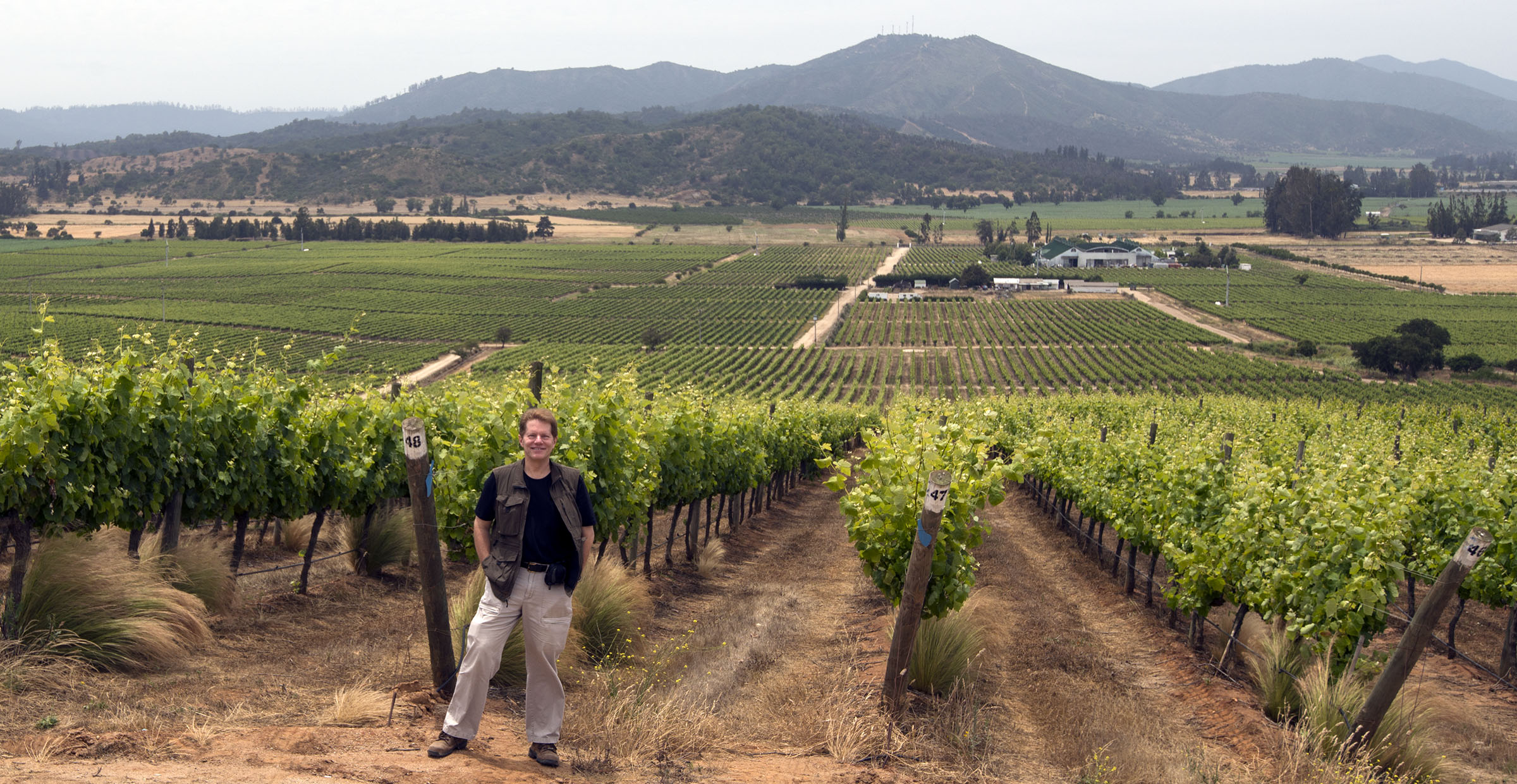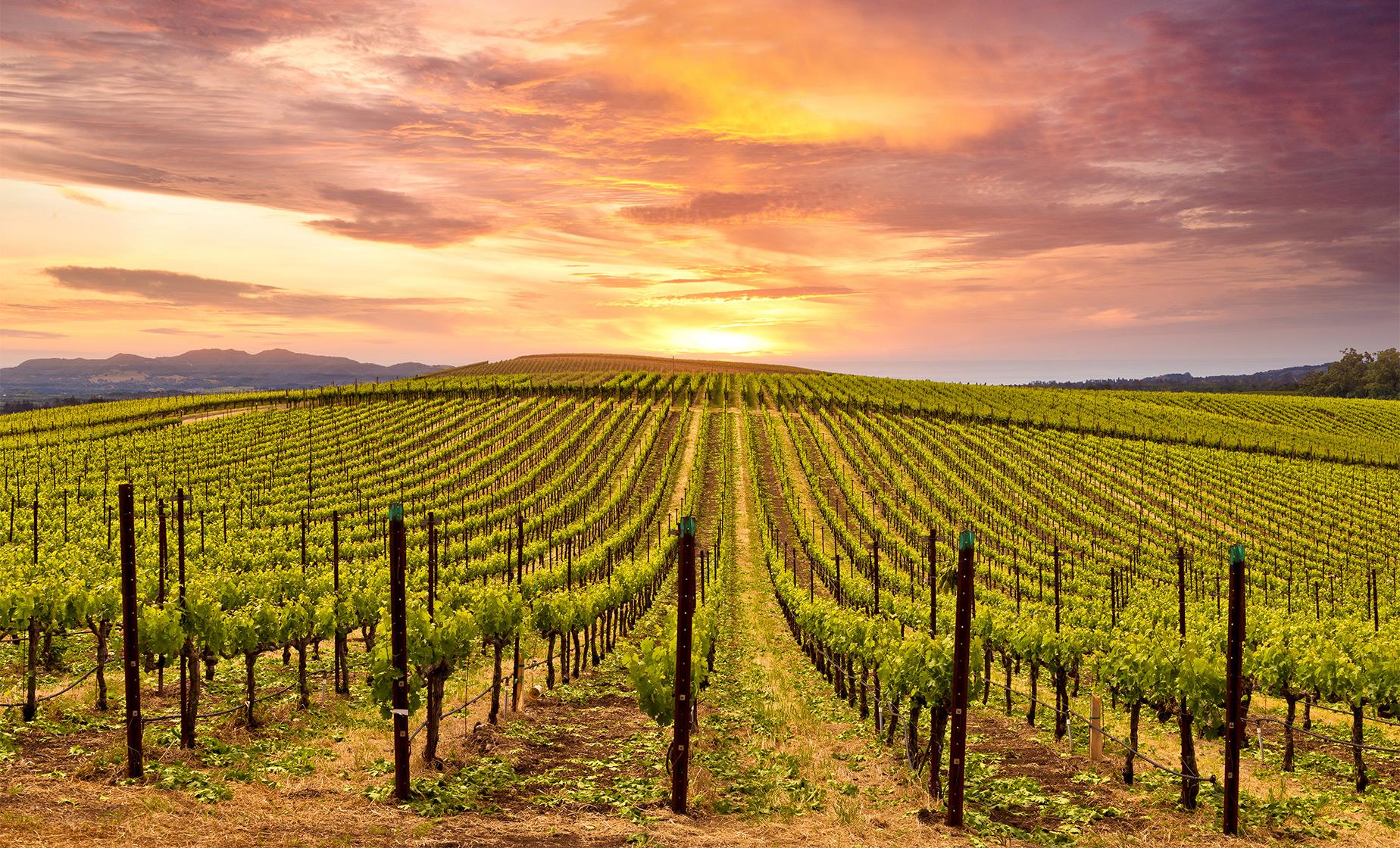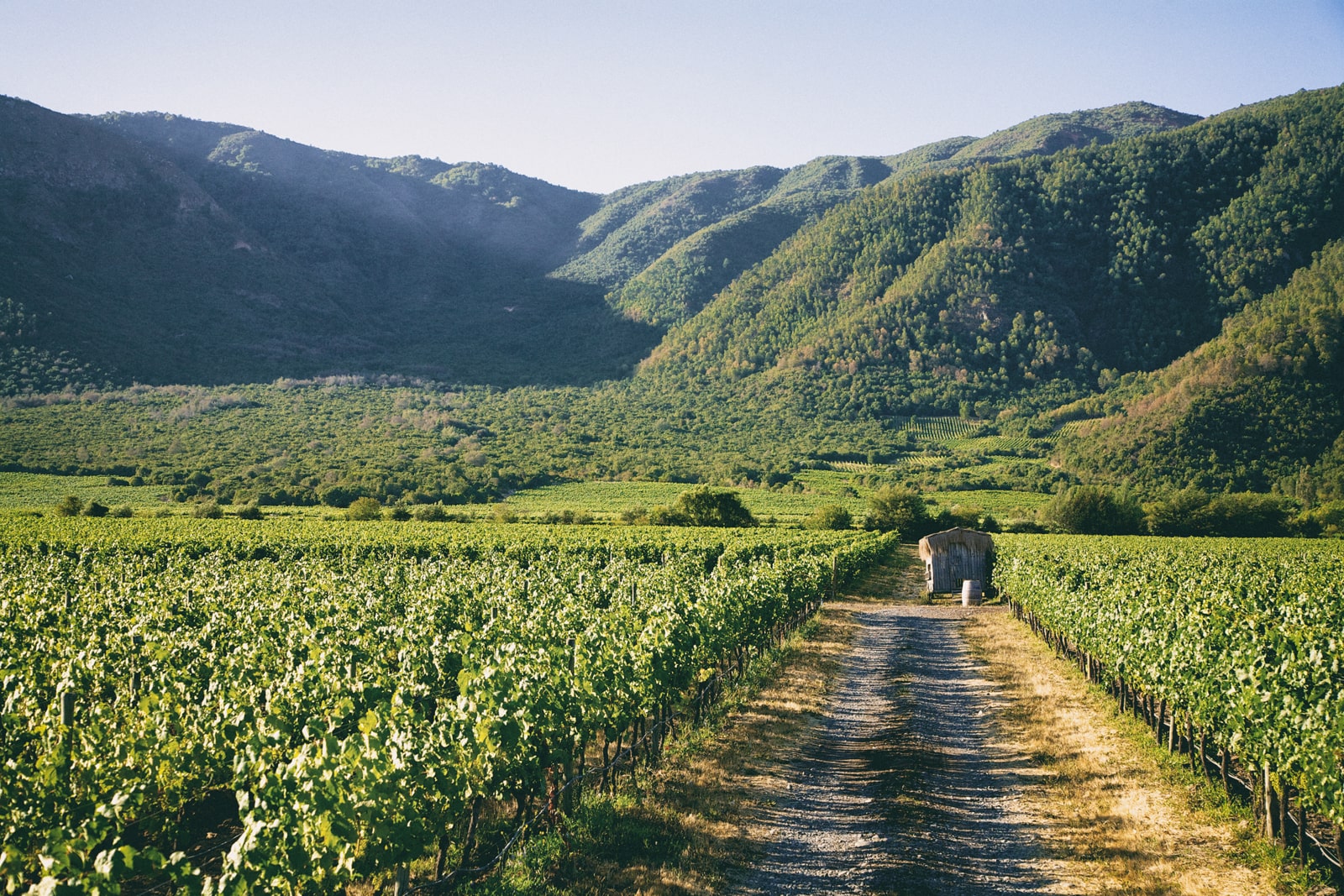Chile has long been linked with some of South America’s best red wines, but the fledgling wine area of Casablanca is quickly gaining a reputation for the quality of its crisp white wines. its.
Casablanca Valley is situated on a coastal plain halfway between Santiago and Valparaiso. The region only began producing wine in the 1980s, during the country’s viticultural rebound, but cool climate styles like Sauvignon Blanc and Chardonnay have thrived since then. as a result of this.

The valley has a Mediterranean climate comparable to that of California’s Napa Valley, with scorching days followed by chilly, foggy nights, creating ideal growth conditions. Not only is it ideal for Sauvignon Blanc and Chardonnay, but it also produces some outstanding Pinot Noir, Merlot, and Syrah.
The Casablanca wine region’s cool temperature is attained by sea breezes that calm the heat and provide heavy fogs in the evenings that continue until the next afternoon. The loose soil quality of the old soils also encourages viticulture, allowing the roots to reach deep and yield wines of more finesse.
The region is separated into three smaller wine areas, each with multiple ocean exposures:

Lower Casablanca is located on the lowest area in the extreme west of the region most exposed to sea breezes. Despite the fact that the district is not as affected by the ocean’s temperature-stabilizing effects as nearby San Antonio, it is home to the coolest vines in the Casablanca wine region. Upper Casablanca, on the other hand, is located at the highest elevation on the region’s eastern boundary, where it is less impacted by sea breezes and receives more sunlight as well as the greatest temperature changes between day and night. Meanwhile, Central Casablanca combines elements from both neighborhoods.

Casablanca’s reputation was founded on its low-cost white wines that are crisp and fruity, making them excellent for everyday use. However, the region’s wine requirements have lately been improved to premium level. These include some of Chile’s best Sauvignon Blanc, as well as Chardonnay, which is vying for the title of the country’s best white wine style. In addition, the region is investigating the possibilities of numerous new white grape varietals, including as Riesling, Viognier, and Gerwurztraminer.

That is not to suggest that red wine types are completely overlooked in the Casablanca wine region, since the chilly climate allows for the creation of some high-quality wines. Among these, Pinot Noir reigns supreme, however sophisticated Syrah and venerable Cabernet Sauvignon are also farmed in the region. The Casablanca Valley’s wineries are open all year, but the best time to visit is between September and June, when most wine visitors use Santiago as a base to visit Chile’s most famous wine areas, like the Maipo, San Antonio, Cachapoal, and Colchagua valleys.

Among these are a wine, culture, and art coastal tour of Casablanca and Valparaiso, featuring a wine tasting at the boutique Catrala winery, which grows Sauvignon Blanc, Chardonnay, Merlot, and Pinot Noir.
The next stop is Valparaiso, one of the first Spanish-founded cities in Chile and a UNESCO World Heritage Site since 2013 for its architectural and cultural significance. Visitors can explore the maze of alleyways surrounded with brightly colored buildings with breathtaking views of the port below by taking the centuries-old hillside elevator (ascensores).